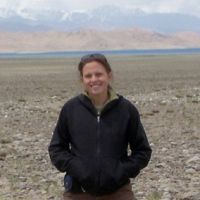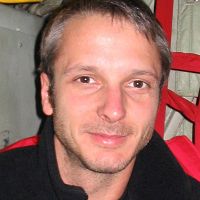Lukens et al., 2015
If Rocks Could Talk: Origin Stories of Stream Sediment Told by Apatite Helium Ages and Cosmogenic Nuclides.
Lukens, C., Riebe, C., Sklar, L., Shuster, D (2015)
American Geophysical Union Fall Meeting. San Francisco, CA
-
Sierra, GRAD STUDENT
-
Sierra, INVESTIGATOR
Abstract
Sediment plays a central role in the geomorphology of mountain landscapes: It is produced on hillslopes and eroded into channels, where both the size and flux of sediment particles influence river incision, and thus indirectly set the pace of erosion from slopes. Quantifying how sediment size and erosion rate vary across slopes is therefore vital to understanding landscape morphodynamics, but there are few methods for doing so. In previous work, we showed that apatite helium ages and cosmogenic nuclides in stream sediment can be combined to find the best-fit patterns in erosion rates across slopes. Here we show how this approach can be extended to quantify how sediment size varies with elevation using data from additional stream sediment sizes. To illustrate the approach, we build on our previous work from a steep catchment draining the High Sierra, in California. Apatite helium ages reveal that the average source elevation is 2.7 km in the finest size, 3.0 km in an intermediate size, and 3.2 km in the coarsest size. Meanwhile, cosmogenic nuclide concentrations in quartz decrease by a factor of two with increasing sediment size. Qualitatively, these results demonstrate that coarser sediment originates from higher elevations and that higher elevations are eroding faster than lower elevations. We quantified the altitudinal trends suggested by the data using an optimization analysis that explores the goodness of fit of several functional relationships between elevation, sediment size, and erosion rate. In our previous work, we highlighted some of the pitfalls of using a single sediment size to measure spatially averaged erosion rates. Here, we demonstrate how these pitfalls can be overcome using multiple sizes of stream sediment, and how this approach allows us to explore the role of sediment size and erosion rate in the geomorphology of mountain landscapes.
Citation
Lukens, C., Riebe, C., Sklar, L., Shuster, D (2015): If Rocks Could Talk: Origin Stories of Stream Sediment Told by Apatite Helium Ages and Cosmogenic Nuclides. American Geophysical Union Fall Meeting. San Francisco, CA.
Explore Further


